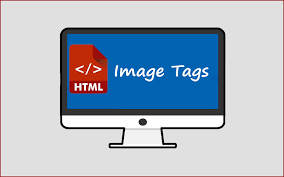
The src attribute of the <img> tag is set to image.jpg.
This means that the image will be loaded from a file called image.jpg in the same directory
as the current page.
The alt attribute of the <img> tag is set to
description of image. This means that if the image cannot be displayed, the alt
text will be displayed instead.
Next Step : Resize the image
By default, images will be displayed at their original size. If you want to resize the image, you can use
the width and height attributes of the <img> tag. Here is
an example of how to use the width and height attributes:
The width attribute of the <img> tag is set to 500. This
means that the image will be displayed at a width of 500 pixels.
The height attribute of the <img> tag is set to 600. This
means that the image will be displayed at a height of 600 pixels.
Next Step: Add a caption to the image
If you want to add a caption to your image, you can use the <figcaption> tag. Here
is an example of how to use the <figcaption> tag:
The <figure> tag is used to group an image and its caption together. The
<figcaption> tag is used to add a caption to the image.
Next Step: Add a link to the image
If you want to add a link to your image, you can use the <a> tag. Here is an example
of how to use the <a> tag:
The <a> tag is used to add a link to the image. The href attribute of
the <a> tag is set to https://www.w3schools.com. This means that the
image will be linked to the txon website.
Next Step: Add an image as a background
If you want to add an image as a background, you can use the background-image property. Here
is an example of how to use the background-image property:
The background-image property is used to add an image as a background. The url
function is used to specify the image to be used as a background. The url function is set to
"image.jpg". This means that the image will be loaded from a file called
image.jpg in the same directory as the current page.
Next Step: Add an image as a bullet point
If you want to add an image as a bullet point, you can use the list-style-image property.
Here is an example of how to use the list-style-image property:
The list-style-image property is used to add an image as a bullet point. The
url function is used to specify the image to be used as a bullet point. The url
function is set to "image.jpg". This means that the image will be loaded from a file called
image.jpg in the same directory as the current page.
Next SStep: Add an image as a border
If you want to add an image as a border, you can use the border-image property. Here is an
example of how to use the border-image property: